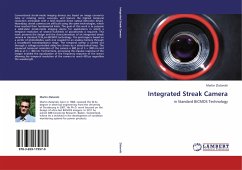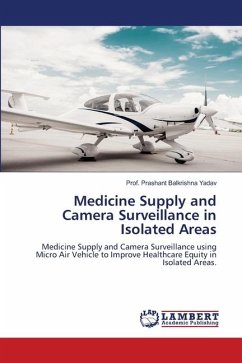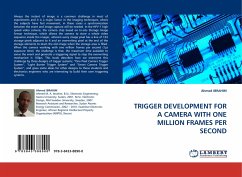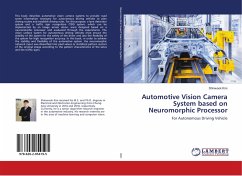
Integrated Streak Camera
in Standard BiCMOS Technology
Versandkostenfrei!
Versandfertig in 6-10 Tagen
52,99 €
inkl. MwSt.

PAYBACK Punkte
26 °P sammeln!
Conventional streak-mode imaging devices are based on image converter tube or rotating mirror concepts, and feature the highest temporal resolution achievable with a time-resolved direct optical detection device. Nowadays, streak cameras are still built using the same technologies, which have reached their fundamental limits. The goal of this work is to propose a solid-state streak-mode imaging device for applications in which a temporal resolution of several hundreds of picoseconds is required. This work presents the design and the characterization of an integrated streak camera in standard 0...
Conventional streak-mode imaging devices are based on image converter tube or rotating mirror concepts, and feature the highest temporal resolution achievable with a time-resolved direct optical detection device. Nowadays, streak cameras are still built using the same technologies, which have reached their fundamental limits. The goal of this work is to propose a solid-state streak-mode imaging device for applications in which a temporal resolution of several hundreds of picoseconds is required. This work presents the design and the characterization of an integrated streak camera in standard 0.35 µm BiCMOS technology. The prototype is based on a vector of photodiodes, each one coupled to an analog memory through a broadband transimpedance stage. The temporal sweep is carried out through a voltage-controlled delay line driven by a delay-locked loop. The measured temporal resolution of the camera is 600 ps at = 800 nm and 465 ps at = 400 nm. Furthermore, processing the impulse response of the imager enabled the equalization of the frequency response of the sensor allowing the temporal resolution of the camera to reach 450 ps regardless the wavelength.












